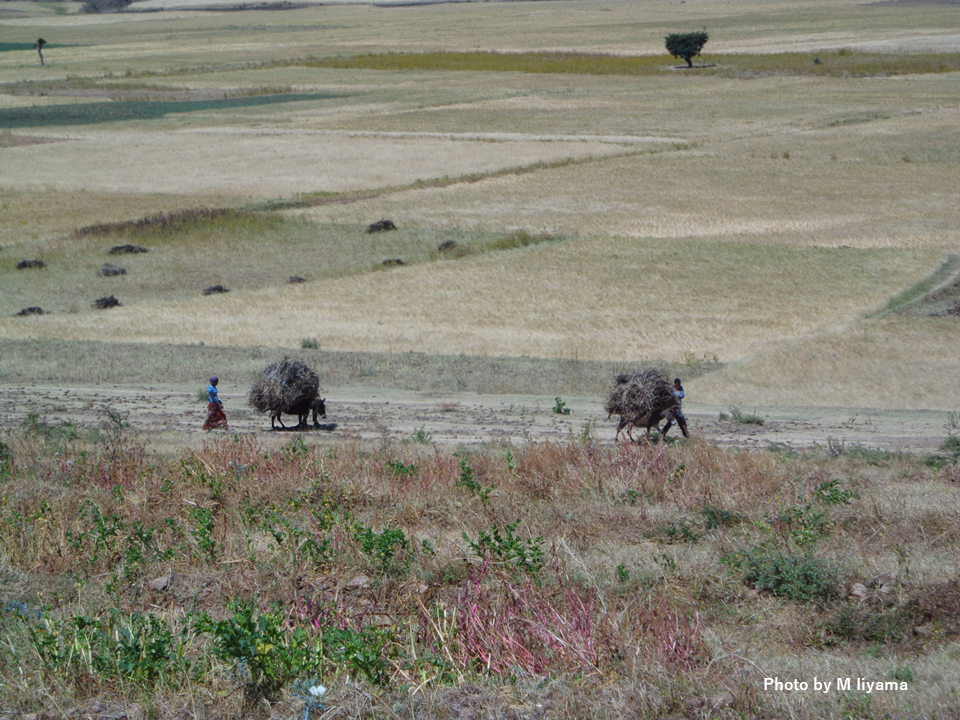Pick Up
716. Action on Global Food and Nutrition Security Crisis

On February 8, the heads of the Food and Agriculture Organization (FAO), International Monetary Fund (IMF), World Bank Group (WBG), World Food Program (WFP) and World Trade Organization (WTO) - issued a joint statement on the global food and nutrition security crisis for the third time since last July and September. The heads of the five international organizations opened the statement by expressing their support for the victims of the recent earthquake that struck Turkey and Syria, and warned of the worsening environment of poverty and food security around the world. The statement then called for a balanced response to the food and nutrition security crisis that takes into account both emergency relief and long-term resilience-building efforts, such as "hunger hotspot" relief and trade promotion.
Shocks of unprecedented scale - the COVID-19 pandemic, climate emergencies, Russia's invasion of Ukraine, supply chain disruptions, and rising interest rates - are spreading through the global food system, and their aftermath is hitting the world's most vulnerable people. Double-digit food inflation persists in many countries, and according to the WFP, 349 million people in 79 countries are facing acute food crises.
As to the nutrition crisis, the statement mentioned the increasing number of malnourished people and the situation is expected to worsen further as global food supplies are projected to fall to a three-year level low in 2022/2023. In particular, 24 countries, including 16 in Africa, have been identified as hunger hotspots. Fertilizer availability, defined as the ratio of food price to fertilizer price, is also at its lowest since the 2007/2008 food price, and there are concerns that small farmers will be particularly hard hit, accelerating the already high food price increases at the regional level. For example, the decline in rice production in 2022, combined with low stockpile rate projections, casts a dark shadow over Africa, the world's largest importing region. Under countries' fiscal measures against food, fuel, and fertilizer price inflation, 1 billion people were eligible for $710 billion in social security spending. Meanwhile, these social security expenditures amounted to $507.6 billion in high-income countries, while only $43 million was spent in low-income countries.
To prevent the food and nutrition security crisis from worsening, the heads of international organizations recommended (i) rescue hunger hotspots, (ii) facilitate trade, improve the functioning of markets, and enhance the role of the private sector, and (iii) reform and repurpose harmful subsidies with careful targeting and efficiency. The joint statement stressed that countries should balance short-term urgent interventions with longer-term resilience efforts as they respond to the crisis.
Contributor: IIYAMA Miyuki (Information Program)
